63797
(3-Mercaptopropyl)triethoxysilane
≥80% (GC), technical
Sinónimos:
3-Triethoxysilyl-1-propanethiol
Iniciar sesiónpara Ver la Fijación de precios por contrato y de la organización
About This Item
Fórmula lineal:
HS(CH2)3Si(OCH2CH3)3
Número de CAS:
Peso molecular:
238.42
Beilstein:
2039575
Número CE:
Número MDL:
Código UNSPSC:
12352103
ID de la sustancia en PubChem:
NACRES:
NA.22
Productos recomendados
grado
technical
Nivel de calidad
Ensayo
≥80% (GC)
densidad
0.987 g/mL at 20 °C (lit.)
grupo funcional
thiol
temp. de almacenamiento
2-8°C
cadena SMILES
CCO[Si](CCCS)(OCC)OCC
InChI
1S/C9H22O3SSi/c1-4-10-14(11-5-2,12-6-3)9-7-8-13/h13H,4-9H2,1-3H3
Clave InChI
DCQBZYNUSLHVJC-UHFFFAOYSA-N
Descripción general
3-mercaptopropyl trimethoxysilane (MPTMS) is commonly used in surface modification of silica nanoparticles by creating thiol group on the surface.
Aplicación
(3-Mercaptopropyl)triethoxysilane (MPTS) can be used as a reagent to prepare thiol functionalized materials. Silica, SBA-15, alumina, starch, and graphene can be functionalized with MPTS and used in various applications.
MPTS functionalized SBA-15 probe is used to determine dissolved mercury in solution.
MPTS functionalized SBA-15 probe is used to determine dissolved mercury in solution.
Frases de peligro
Consejos de prudencia
Clasificaciones de peligro
Aquatic Chronic 2
Código de clase de almacenamiento
10 - Combustible liquids
Clase de riesgo para el agua (WGK)
WGK 3
Punto de inflamabilidad (°F)
190.4 °F - closed cup
Punto de inflamabilidad (°C)
88 °C - closed cup
Equipo de protección personal
Eyeshields, Gloves, type ABEK (EN14387) respirator filter
Elija entre una de las versiones más recientes:
¿Ya tiene este producto?
Encuentre la documentación para los productos que ha comprado recientemente en la Biblioteca de documentos.
Los clientes también vieron
Greg J Nusz et al.
ACS nano, 3(4), 795-806 (2009-03-20)
We present the development of an analytical model that can be used for the rational design of a biosensor based on shifts in the local surface plasmon resonance (LSPR) of individual gold nanoparticles. The model relates the peak wavelength of
Tuo Gao et al.
Sensors (Basel, Switzerland), 19(11) (2019-06-07)
Nanoparticle based chemical sensor arrays with four types of organo-functionalized gold nanoparticles (AuNPs) were introduced to classify 35 different teas, including black teas, green teas, and herbal teas. Integrated sensor arrays were made using microfabrication methods including photolithography and lift-off
Preparation of colloidal gold multilayers with 3-(mercaptopropyl)-trimethoxysilane as a linker molecule
Tseng J-Y, et al.
Colloids and Surfaces. A, Physicochemical and Engineering Aspects, 182(1-3), 239-245 (2001)
Ning Gan et al.
International journal of nanomedicine, 6, 3259-3269 (2012-01-10)
The purpose of this study was to devise a novel electrochemical immunosensor for ultrasensitive detection of alfa-fetoprotein based on Fe(3)O(4)/Au nanoparticles as a carrier using a multienzyme amplification strategy. Greatly enhanced sensitivity was achieved using bioconjugates containing horseradish peroxidase (HRP)
Guobin Shan et al.
Theranostics, 3(4), 267-274 (2013-04-23)
Nanotechnology approaches offer the potential for creating new optical imaging agents with unique properties that enable uses such as combined molecular imaging and photo-thermal therapy. Ideal preparations should fluoresce in the near-infrared (NIR) region to ensure maximal tissue penetration depth
Nuestro equipo de científicos tiene experiencia en todas las áreas de investigación: Ciencias de la vida, Ciencia de los materiales, Síntesis química, Cromatografía, Analítica y muchas otras.
Póngase en contacto con el Servicio técnico



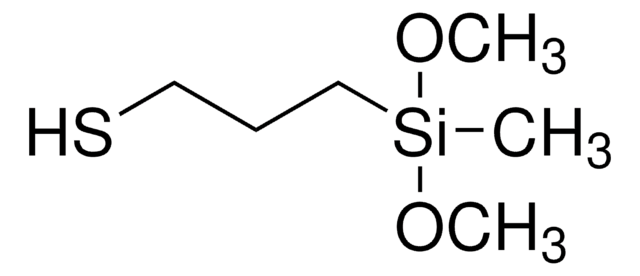
![Bis[3-(triethoxysilyl)propyl] tetrasulfide technical, ≥90% (NMR)](/deepweb/assets/sigmaaldrich/product/structures/242/790/625f5cba-32bd-4acf-a3be-e119e9cf844f/640/625f5cba-32bd-4acf-a3be-e119e9cf844f.png)

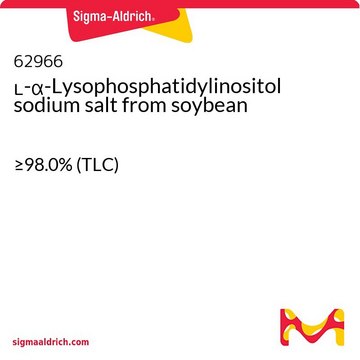
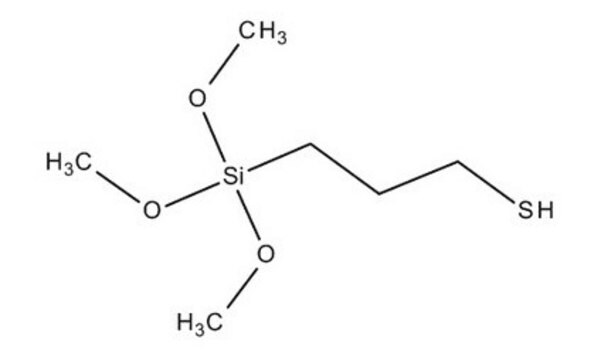


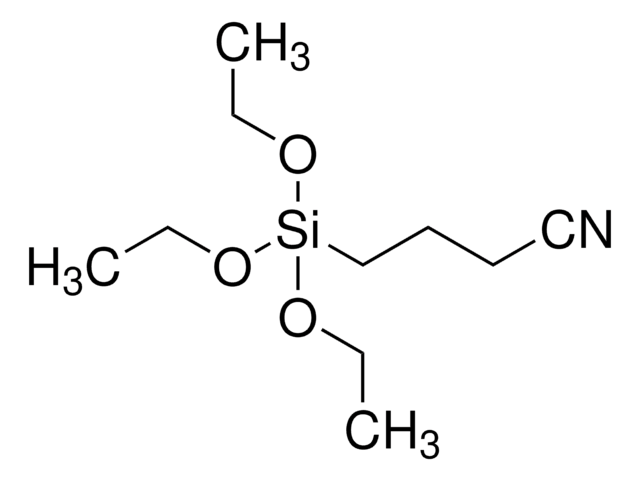
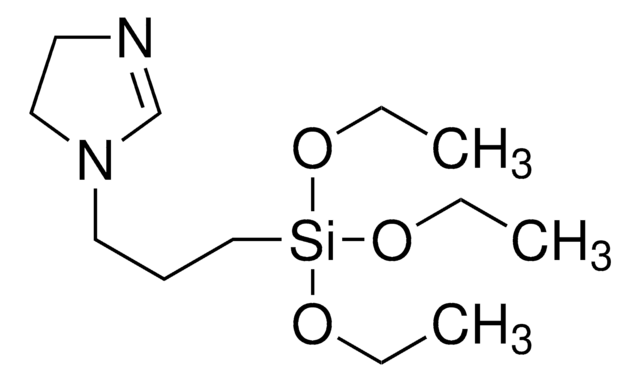


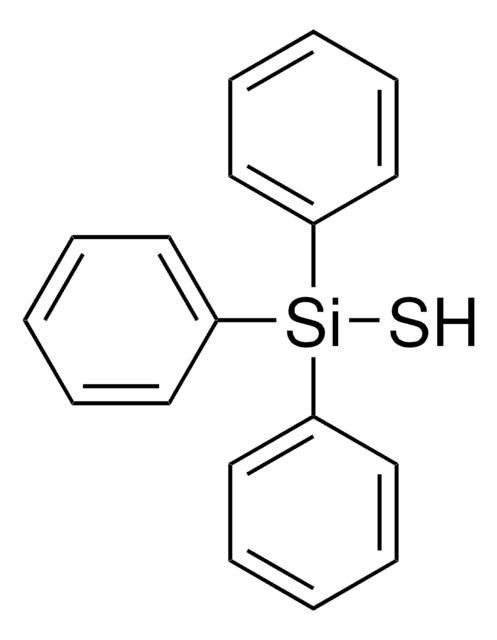
![N-[3-(Trimethoxysilyl)propyl]ethylenediamine 97%](/deepweb/assets/sigmaaldrich/product/structures/149/508/f87a9a89-f138-4c5e-9fe0-6561914241c3/640/f87a9a89-f138-4c5e-9fe0-6561914241c3.png)
